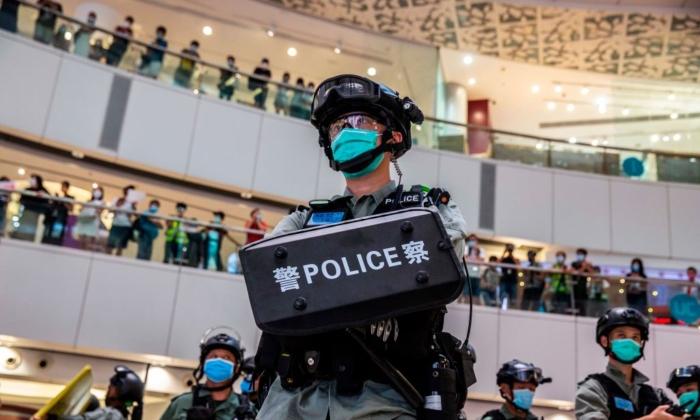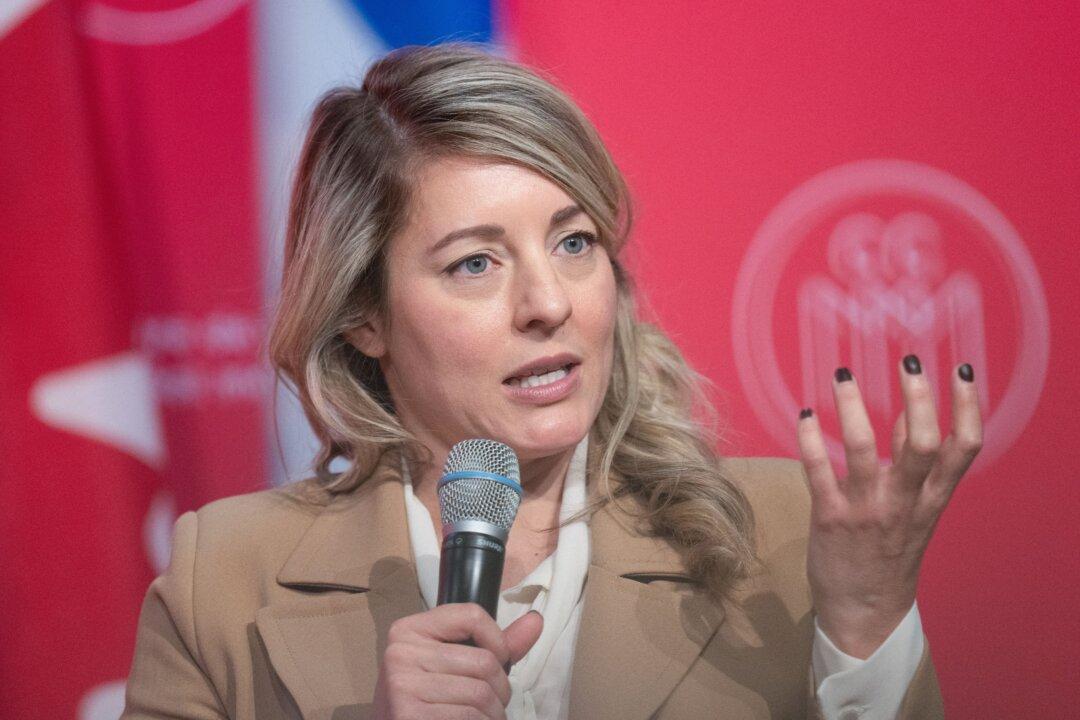Conservative MP Larry Brock says a document specifying the routes and parking plans of the Freedom Convoy protest was authorized by the Ottawa police but was not shared with the public or Parliament, resulting in a misrepresentation of the demonstration earlier this year.
“You didn’t want to use the word permission, but [there was] an authorization to park their vehicles in specific locations in the Parliamentary precinct,” Brock asked Peter Sloly, former chief of the Ottawa Police Service (OPS).
“One of the areas that I want to confirm with you is the government has not shared that detail with Parliament, certainly has not shared that detail with Canadians, because there is a sense that ... this was something that was controlled by the organizers, that they took those steps without consultation with your service and the City of Ottawa to park—that’s not true, correct?” Brock asked.
He also pointed to Prime Minister Justin Trudeau, who Brock said didn’t share “with the government that there was an actual plan, an authorization.”
Sloly declined to comment on behalf of the Office of the Prime Minister, but noted that “as a standard practice, police liaison teams will negotiate with any demonstrator coming into the city for any reason, to try to align that as much as possible.”

Brock’s remarks followed a similar question from Conservative MP Glen Motz, who asked if the organizers had sought permission on where to park their vehicles prior to their arrival at the national capital.
“That permission from the city and from the Ottawa Police Service was provided to them, which included emergency lanes on [Wellington Street] ... is that correct?” Motz asked.
“'Permissions’ is a word that I wouldn’t normally use,” Sloly said. “There were communications and negotiations around how best to reduce the public safety impact of such a large gathering and demonstration in the city. And there were some successful and constructive efforts on both parties.”
Relocation
Prior to the Liberal government’s invocation of the Emergencies Act, an agreement was reached between a key convoy organizer, Tamara Lich, and the City of Ottawa to relocate the vehicles involved in the protest to avoid disturbing the residents, according to the negotiator of the agreement.Sloly told the joint committee that he “would not have supported any additional vehicles going into the red zone areas, but I would have supported vehicles leaving any portion of the downtown area.”
Brookson, who testified at the joint committee’s previous meeting on Sept. 29, said he sought to raise concerns with Ottawa Mayor Jim Watson regarding the convoy vehicles moving back to Wellington Street.
While the PPS didn’t have jurisdiction beyond the precinct of Parliament Hill, Brookson told the committee that “the streets would’ve been blocked” if he was in charge of the area.
“My concern, when [the convoy protest] started, was the amount of vehicles already established on Wellington Street, and that was the first weekend,” he said.
“During the first weekend, there started to be some removal of vehicles that were leaving overnight. So my discussions led with … security partners to start establishing jersey barriers because what I didn’t want to see happen was a backfill of those vehicles that, on their own initiative, decided to leave.”





